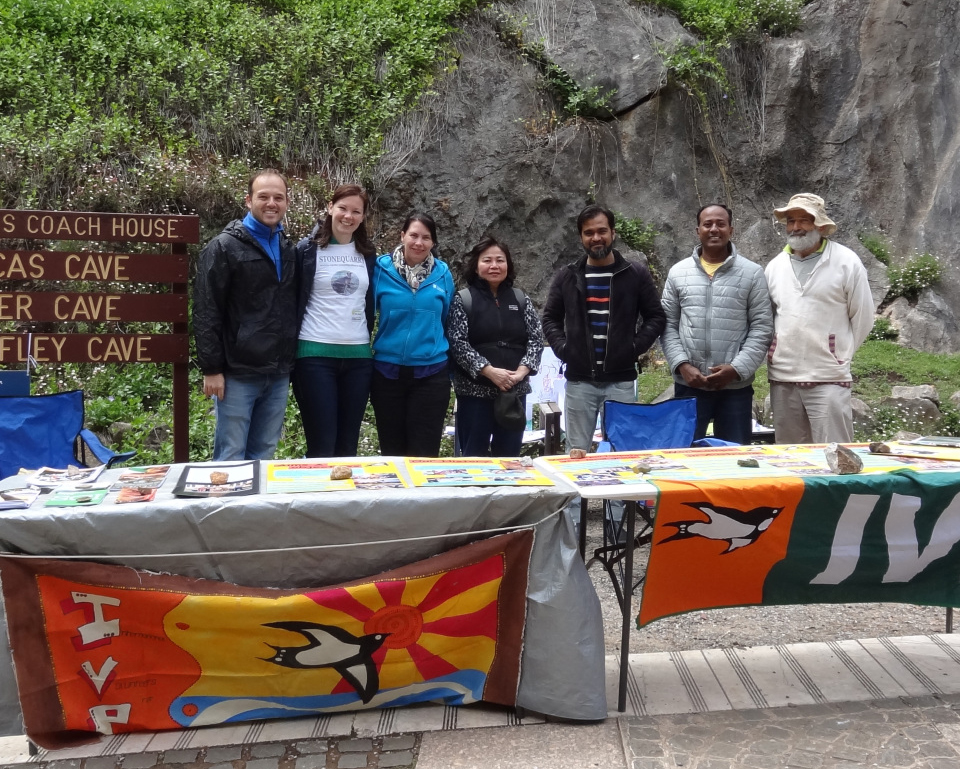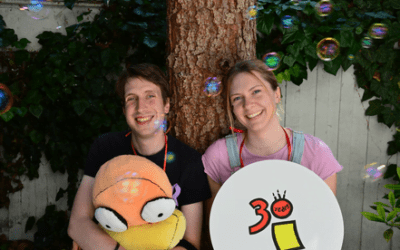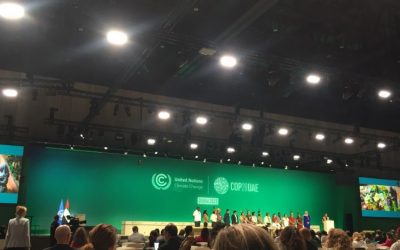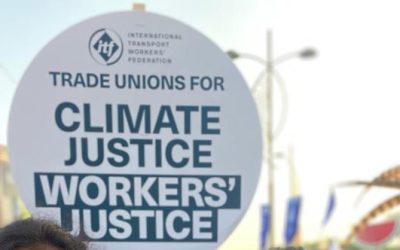Environment
BioBlitz at Jenolan Caves
Workcamp
Written by S. Horn from Australia
An IVP Weekend workcamp team recently pitched in to assist organisers of a citizen science event at a popular tourist destination and nature biodiversity hotspot, near Sydney.
For this occasion we advertised for volunteers at the Asylum Seeker Centre in Sydney, and three people on temporary visas came along. The principal task was catering for the 50 or so citizen scientists, lay people offering their observational skills to extend under expert supervision spot surveys of animal or plant groups in a particular site, who spent two full days (and evenings) cataloguing native species within easy reach of Jenolan Caves lodge accommodation. The lists compiled go to studies of progress in biodiversity conservation. Jenolan while a popular tourist destination, is surrounded by bush within a large national park and serves as a refuge for many native plants and animals, a number that are restricted, rare or endangered.
Our team working with another group of volunteers – a landcare student club – plated up interesting meals for the numerous parties out searching for frogs, or endangered orchids, or platypuses, using three small kitchens at our disposal and a rickety old barbecue.
When not so engaged we joined a couple of the parties ourselves, spotting one evening one of the (more common) species of marsupial gliders high up in a tree, and another listening for tell tale notes of an illusive frog.
The Saturday morning we mounted a stall to explain what IVP/SCI offers to passing public; and generally lost no opportunity to discuss who we were with the blitz participants. The BioBlitz project is connected to a landscape conservation venture we had been supporting, so we could mix with scientists and park staff some known to us from previous work dedicated to understanding and protecting the wild habitat of the many endemic species in the area.

For Ahmed, Babu and Mary it was a chance to put aside for a little while the anxiety of an indefinite wait for residency status, that varied in their cases from three months to twenty years, leaving their lives in suspension. The nature of the restrictions placed on refugees with bridging visas means that interactions with ordinary Australians is unusual; a recent development designed to discourage ‘irregular entry’ by denying hope to those who had arrived already. Australia has successfully integrated waves of refugees from conflict in the past. The turning away from our responsibilities now seems heartless. For this weekend we could share lightheartedly in a common task, supporting a long sighted project, and in informal ways build a measure of understanding of their journeys.
We will put the call out again for one or two AS volunteers to join 8-9 international volunteers at our next two week workcamp in February in Goulburn. This – like the precious corridors that plants and animals employ to survive environmental pressure and habitat loss – is a link allowing those fleeing destruction in their home lands a chance to rebuild, and – through SCI – a bridge to other voices from zones of conflict that through past government actions we are implicated.
You can still join!
Want to have your own volunteer experience for peace?
Read more Voices of Volunteers




